Subaru’s 2017 Levorg GT-S replaces the older Liberty GT model, with what is effectively a wagon-sized WRX. However, the Levorg’s lineage isn’t what drew us to this review, it’s the technology that Subaru has built into the platform which attracted our interest.
There’s some curious choices Subaru have made with the Levorg, not the least of which is the name which is supposedly a portmanteau of Legacy (the Liberty’s name in other markets), Revolution and Touring. If you ask me, it sounds a bit silly, but at the same time, there’s no mistaking the name with any other car on the road.
The other curious choice is perhaps that the Levorg is a wagon, a vehicle shape that’s rather out of vogue in 2016’s Australia, a country that has fallen head over heels in love with the SUV and the utility. Still, there’s a lot of appeal to the Levorg as a wagon; it has ample room for the family, a cavernous boot that fits a stroller, bags, groceries, and the latest affordable Swedish crap from IKEA, and enough get up and go to shake off the cobwebs.
What’s inside the Subaru Levorg?
For a car that starts at $48,425 drive away, and up to $54,620 for the model we reviewed (the mid tier GT-S), the Levorg does feel kind of expensive. There are appropriately premium inclusions, including 18-inch alloys, six speaker stereo, climate control with dual-zone, reverse and side-vision cameras, keyless entry and start, electric-adjust drivers seat, folding mirrors… the list goes on.
In fact, the Levorg has pretty much everything you’d want for the price, but there are a couple of letdowns. First, despite the advanced technology elsewhere — which we’ll shortly look at — there’s some rather dated tech as well. First, the 7.0-inch capacitive touchscreen feels very 2015; AM/FM radio, with no digital radio (or DAB+), Bluetooth and USB streaming, and the inclusion of apps like Pandora are about the limit. More recent, and better, services are eschewed; there’s no Spotify, and there’s definitely no Apple CarPlay or Android Auto, though we understand that’s coming … soon.
There is a built-in satnav, which is rather easy to use, but like most built-in GPS solutions, it leaves me craving for the simplicity of a TomTom or a Navman; they seem to have nailed proper and rewarding user experience, and built-in options just don’t compete. Probably the best aspect here was the up-to-date maps that had areas only recently built, and a relatively easy way to program in addresses. Downside was the inability to use it while driving (so your passenger can’t use it either); yes, the vehicle actually has to be stopped to program in a new address or destination (unless you want to try your luck with voice control…)

The two reversing/parking cameras are great; the wide-view side camera is amazingly good for knowing whether you’ll clear the car in front when parallel parking, but there’s the omission of all parking sensors to offset it. As great as cameras are, I’d rather have some proper forward and rear parking sensors, to let me know exactly how close I am to hitting things, rather than judging by camera angle.
What does a Subaru Levorg look like?
Inside, the Levorg certainly shows more than a touch of class; the leather seats are supple, comfortable and with enough bolstering to keep you firmly held in the chair. Probably the only gripe about the seats is that the bolstering makes it hard to reach around the seats and into the back, especially if you need to pass things to / from back seat passengers.
The layout is very Subaru, with the standard, center-stacked climate control, 7-inch touch display, air vents, and auxiliary screens at the top for climate control, fuel efficiency and trip info, and that side-camera when in reverse.
The rest of the dash is fairly unremarkable, though. The instrument panel is simple and easy to read, with just the right amount of detail to manage the engine, cruise control, safety features and driver alerts. The steering wheel is comfortable, too; great for long drives, but likely to cause an accident with the 20-odd buttons scattered around it to control everything from the radio, your phone, the cruise control and flappy-paddle gear shifters.
What makes the Subaru Levorg go?
Under the hood is a 2.0-litre turbo boxer engine, which positively gulps premium unleaded fuel. Producing a fairly capable 197kW with 350Nm of torque, the engine is no slouch, but it’s not exactly helped by a somewhat frustrating CVT transmission. With all-wheel drive, and noting the CVT, the Levorg can still reach 100km/h in about 6.8 seconds in our testing, though it can apparently do about 6.6.
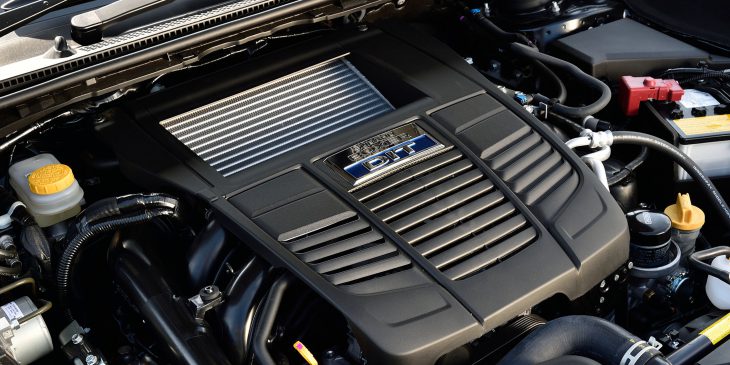
You might be thinking: that car would be amazing with a 6-speed manual, and yes, it would. However, there’s no manual option for the Levorg; it only comes in an automatic/CVT transmission. This is fine, most of the time, but you’re left with that annoying CVT whine, and while you do get flappy paddles, it’s not the same as a good old fashioned manual box.
Fuel consumption is rated at 8.7L/100km combined, but we couldn’t get anywhere near that; with the Levorg drinking nice, expensive premium fuel, we saw its consumption getting well north of 14L/100Km in metropolitan areas, though extra-urban/regional areas saw that average consumption drop significantly, well below the 10L/100km mark.
Basically, the more you drive up hills, with your foot down, or in lots of stop-start traffic, the faster your fuel disappears. About 500km out of the tank feels about right, but a turbo-charged 2.0L engine really should be capable of using a bit less.
How does the Levorg drive? (and what makes it so special)
This is the part of the review that we’re actually interested in, because we talk tech, not cars. Of course, we could talk about the drive and feel, but let’s not go too far into it, because honestly, I didn’t enjoy it as much as I might’ve.
The suspension is rough, as you’d expect from a car riding on its guts, and while there’s plenty of power, the car’s transmission makes a rather annoying whine when it gets going, and once you hear it, you can’t easily ignore it. Going over bumps lets you know this is not a car tuned for Australian conditions, with jarring jolts almost dislocating spinal columns on more than one occasion.
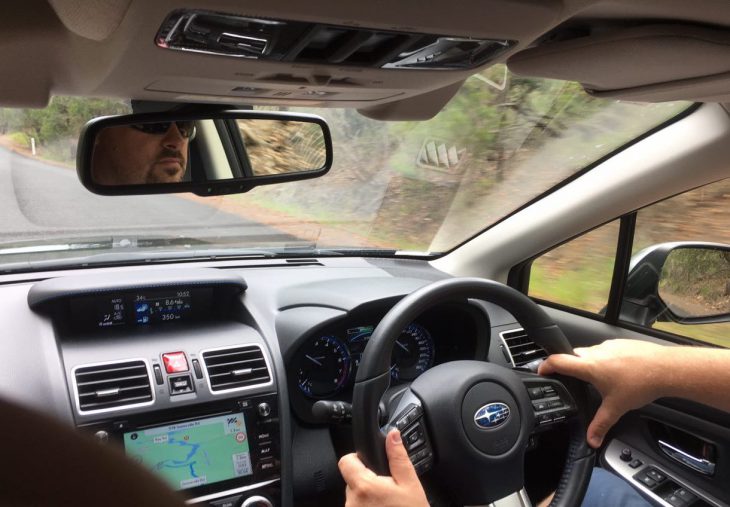
The road noise was significant, drowning out the radio on some occasions, and while the AWD kept a good grip on the road, on some occasions it lost traction where a two-wheel drive car manages to cope just fine.
Putting that aside though (remember, the Levorg is a sporty car), you get to the place where the Levorg excels. Being as it was, our loan period was around Christmas and pre-New Year, and so we had plenty of opportunity to drive the Levorg in Sydney’s crazy seasonal traffic.
Let’s talk about how that technology in the Levorg made this a joy.
Eyesight
Subaru EyeSight, built into the Levorg, is billed as a second pair of eyes that continuously monitors the road ahead. It’s not brand new this year; Subaru have had it for a little while now, but the feature has certainly improved a bit since I last used it.
Basically, the way it works is using stereo cameras to capture three-dimensional images which the car then analyses to determine what’s ahead of the car, and what should be done with that information. It’s not just for convenience either.
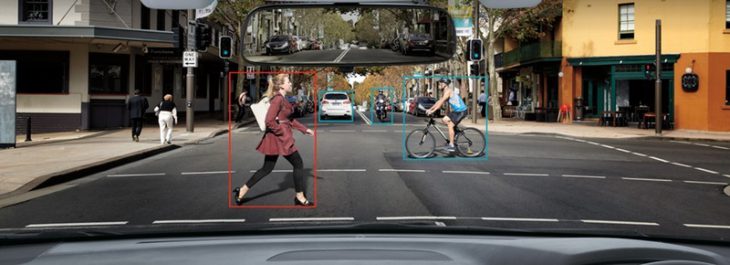
Here’s a list of things we’ve found that EyeSight can do:
- Adaptive cruise control, using visual cues rather than radar as some others use.
- Emergency braking, if it detects you’re about to run up the back of something.
- Recognising obstacles or pedestrians, and flashing wildly to get you to avoid hitting them.
While the latter two functions are cool, the adaptive cruise control is right up there as probably the best I’ve used in a car. Unlike some other implementations of ACC, the Subaru’s is useful in literally every situation, from highway driving through to use around the city, driving through country roads, twisty turns through the hills, and everything in between.
In fact, it was simply excellent. I can’t imagine any worse situation than driving in stop/start traffic, or holiday traffic on a motorway. Constant changes of speed, constantly having to make sure you’re not about to run up someone’s back end… it’s horrible, and only made worse if you’re driving a manual (as my daily car is). Well, on the Levorg, this was not a problem at all. I simply set the speed limit I wanted (110kph), hit the ACC button, set a safe distance from the car in front, and I didn’t have to touch the pedals even oncebetween Wahroonga (the entrance to the M1 Motorway) and the Doyalson Link Road exit on the Central Coast.
That’s an awful lot of kilometres, and the Levorg did the drive for me, braking when cars braked, stopping when traffic stopped, and (with a flick of a button) taking off again when the traffic started to move. It does this with a surprising amount of functionality; detecting brake lights ahead, detecting cars getting closer (because you’re too fast or they’re too slow), making sure you’re staying in your lane, and braking heavily if a car suddenly stops ahead of you. The Levorg will come to a complete stop as well, unlike some other ACC implementations which drop out below 30kph or so.
Probably my only criticism of the Levorg’s ACC is that it can be a little slow to accelerate, but I guess that’s only cautious, given that it’s driven by a visual-driven risk model; accelerating slowly allows the car to continuously assess the situation around it and adjust, whereas accelerating harder would reduce the time and stimulus that the Levorg can react to, causing a potentially risky situation. It’s worth noting, of course, that I haven’t seen any other ACC implementations that accelerate harder; it’s just something I’d personally like.
I tried to get a good video of how this works, but using a video camera while driving didn’t really show the feature off, so I’m going to use some that Subaru made … they show it off better than I could.
EyeSight does a few other things like lane departure warning, and sway warnings, but honestly I found these to be a bit too sensitive, and in cases, annoying rather than helpful. I’ve also grown rather fond of systems that recognise a true lane departure and adjust your steering gently to put you back on track, rather than just a flashing light. It’s better for safety, especially if you momentarily lose concentration.
Would I go and buy a Subaru Levorg?
I almost would. The driver safety features, and the EyeSight in particular, are just amazingly useful. It really takes an awful lot of the stress out of driving, especially in traffic. If you’re one of those drivers whose feet get tired after a stressful drive, alternating between accelerating and braking constantly, you’ll enjoy the Levorg’s ACC and the rest that it gives your feet, legs, and your mind.
However, if you were to take that feature away — i.e. if it doesn’t matter to you that much — the Levorg does present as a somewhat expensive option. It’s a beautiful car, no doubt, and it goes like stink, but if going like a bat out of hell is your thing, you’re probably less motivated by a family wagon.
Things that would have me look elsewhere are the choice of any transmission that’s CVT (I personally don’t like it much, especially in a more performance-oriented vehicle) and the really high fuel consumption. There’s some remarkable things being done in the market with smaller, turbo-charged engines that deliver unbelievable fuel economy, on both regular and premium fuels. Subaru’s engine performs, no doubt, but it just uses a touch too much fuel unless you’re on the highway.
Servicing costs are pretty middle of the road, and 12,500 km service interval is about average; some cars (Mazda) require one every 10,000 which can add up over the lifetime of a car, while others service at 15,000 or even 20,000 km intervals. I know, when it comes to the wallet, which I’d prefer … though the more regular servicing cars are sometimes cheaper to service than a two-yearly major service.
Overall, the Levorg presents a reasonable value proposition; safety features that are close to the top of class, a mostly comfortable ride, a cavernous interior to fit the family and all their bits and pieces, and a bit of performance to make dad smile when he’s dragging off teenagers at the traffic lights.

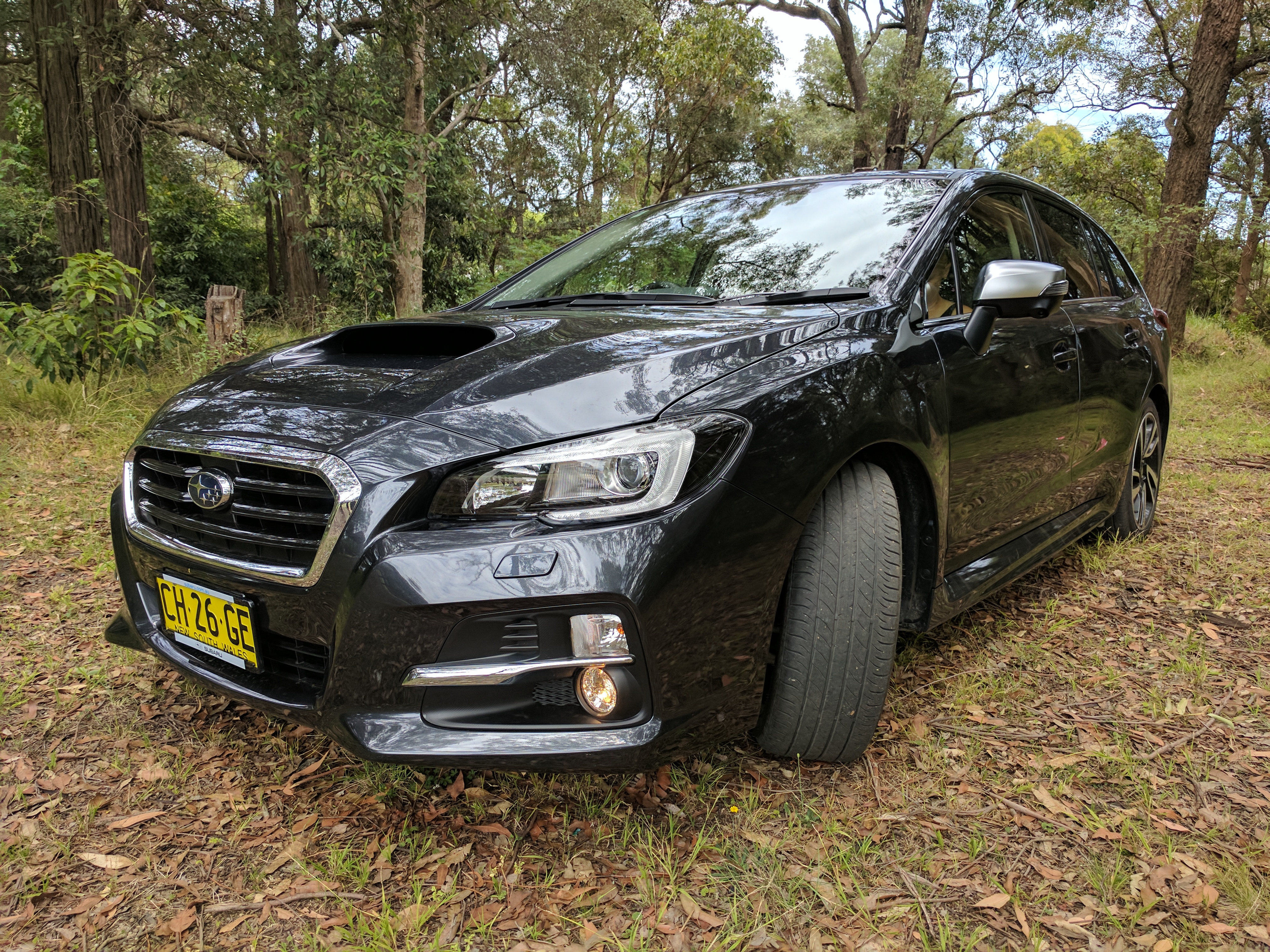
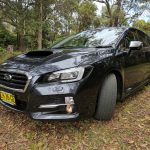
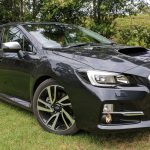
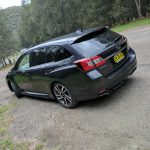
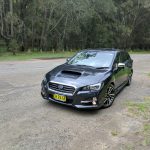
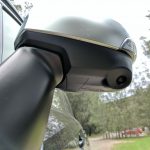

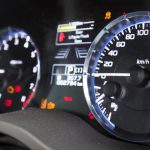
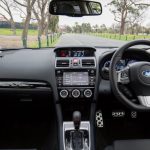
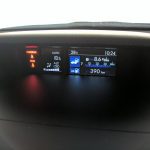
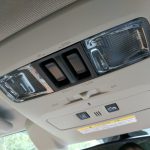
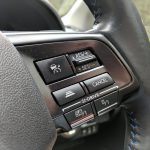

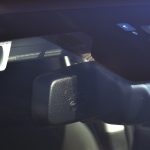



deleted